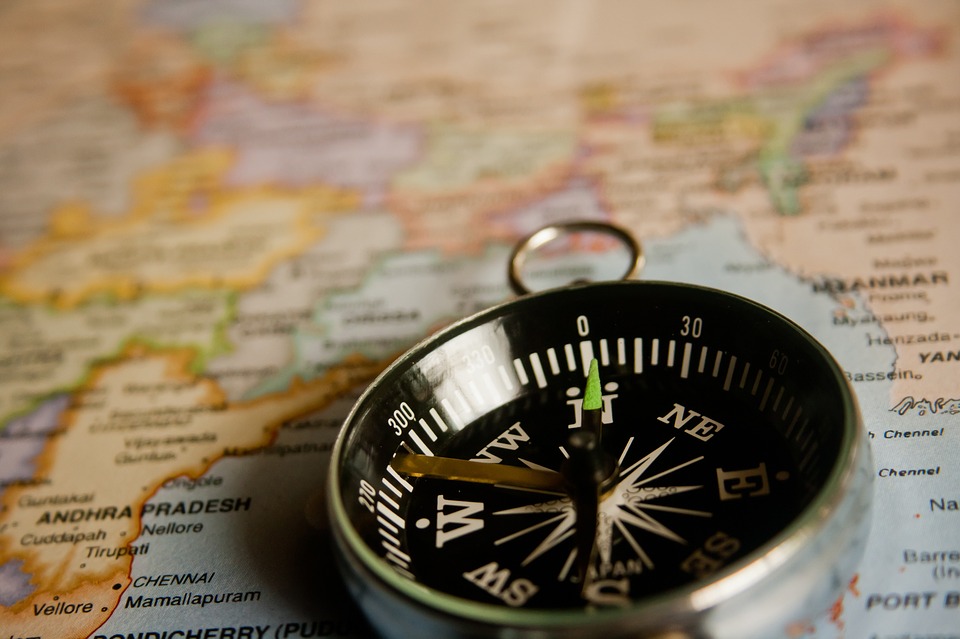Whether you are stranded in the wilderness or fleeing an urban area due to disaster of any sort, you need to figure out your destination and how you are going to get there. Having a map and compass, and knowing how to read them, will give you the knowledge you need to find water, populated areas, and how to choose your route to navigate to where you need to be. Here are a few basics tips to get you started.
- Orientate Your Map. Using your compass, find north. Then align your map so that north on the map is in line with the north on the compass.
- Find Your Location. If you don’t know where you are on the map, try to match the visible terrain features in your area to the terrain on the map.
- Choose a Destination. Determine you want to go so that you can then shoot your azimuth.
- Shoot Your Azimuth. After your current location and your destination are marked on your map, draw a line connecting the two. Then make sure that your compasses orientation lines are parallel with the lines on your map that designate north and south. Now, depending on your compasses’ design you will either align the side of it with the line you drew, or hold the compass over the line in order to determine what degree your destination is at in relation to your location. If you are looking for a city or a large body of water, this doesn’t need to be exact, but getting this reasonably accurate is the most important factor as this is going to be used to determine your location and the direction of travel all throughout your trip.
- Calculate Distance. Using the key on the map calculate the distance you are planning on traveling. One reason for this is so that you know if you have gone too far.
- Plan Your Course. Using the map, look for hard to miss terrain features that you will encounter along the way. Look for features that you will be passing on your left and on your right. This will help you determine if you have gotten off course. Pay attention to the topography of your course and keep in mind that if you are traveling on a slope you will naturally drift downhill without noticing and you will need to compensate.
As always, you don’t want to be using a map and compass for the first time while you are disorientated and struggling to stay warm, hydrated, and fed. The basics of land navigation can be practiced on your next hiking or camping trip in an area that are familiar with already so that you are not out of your element while working on a new skill. Have fun practicing.
If you enjoyed this, you might also like….


